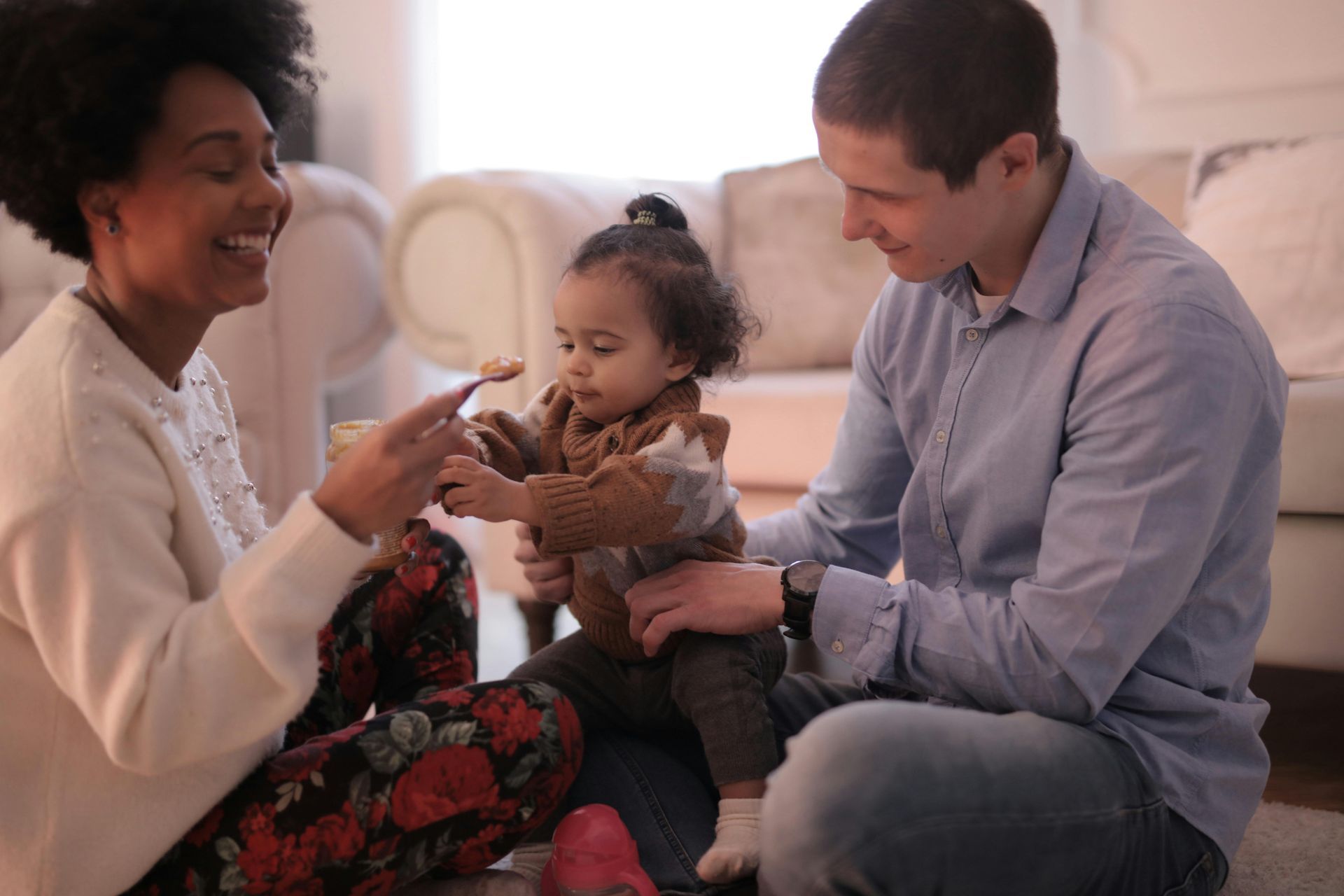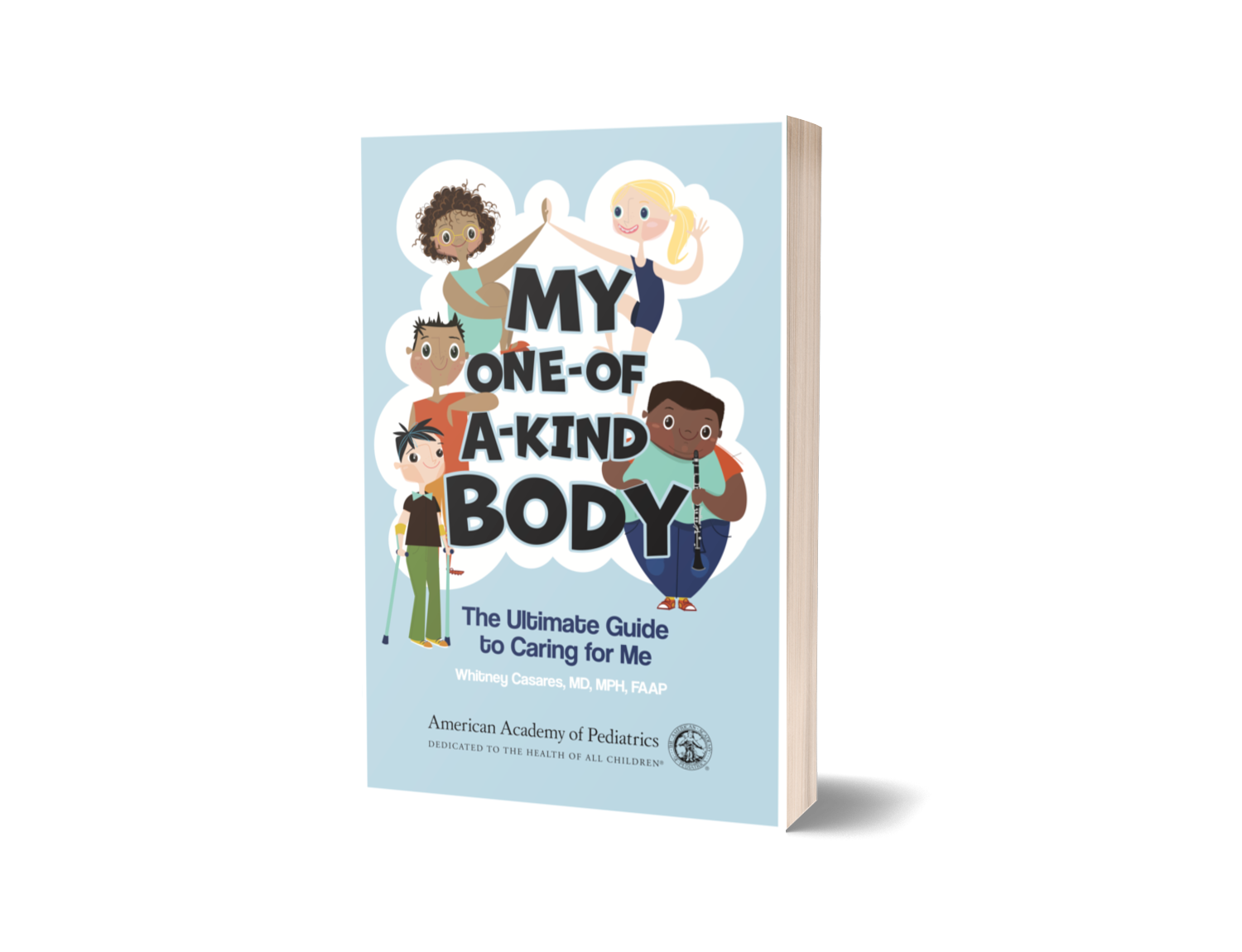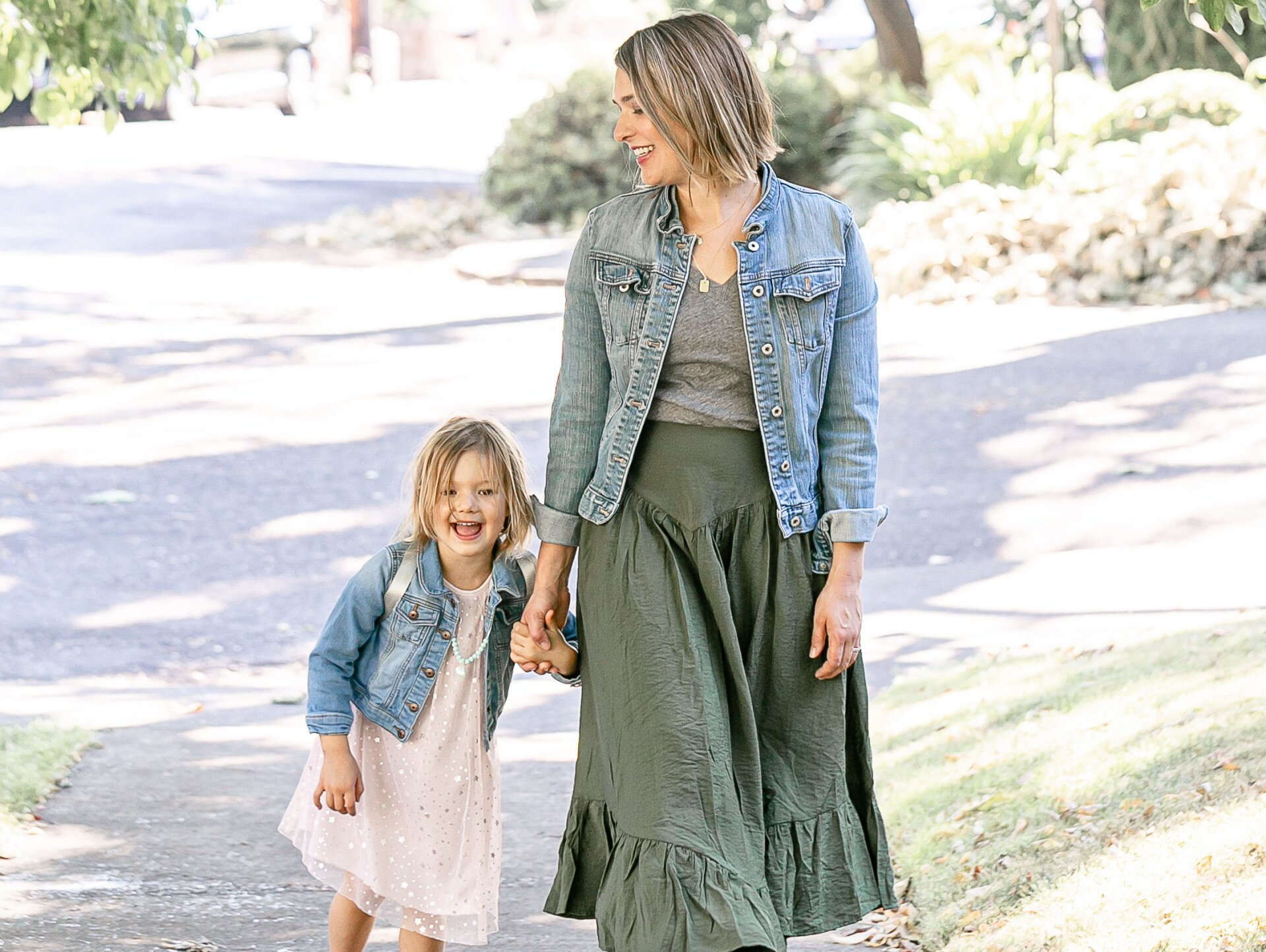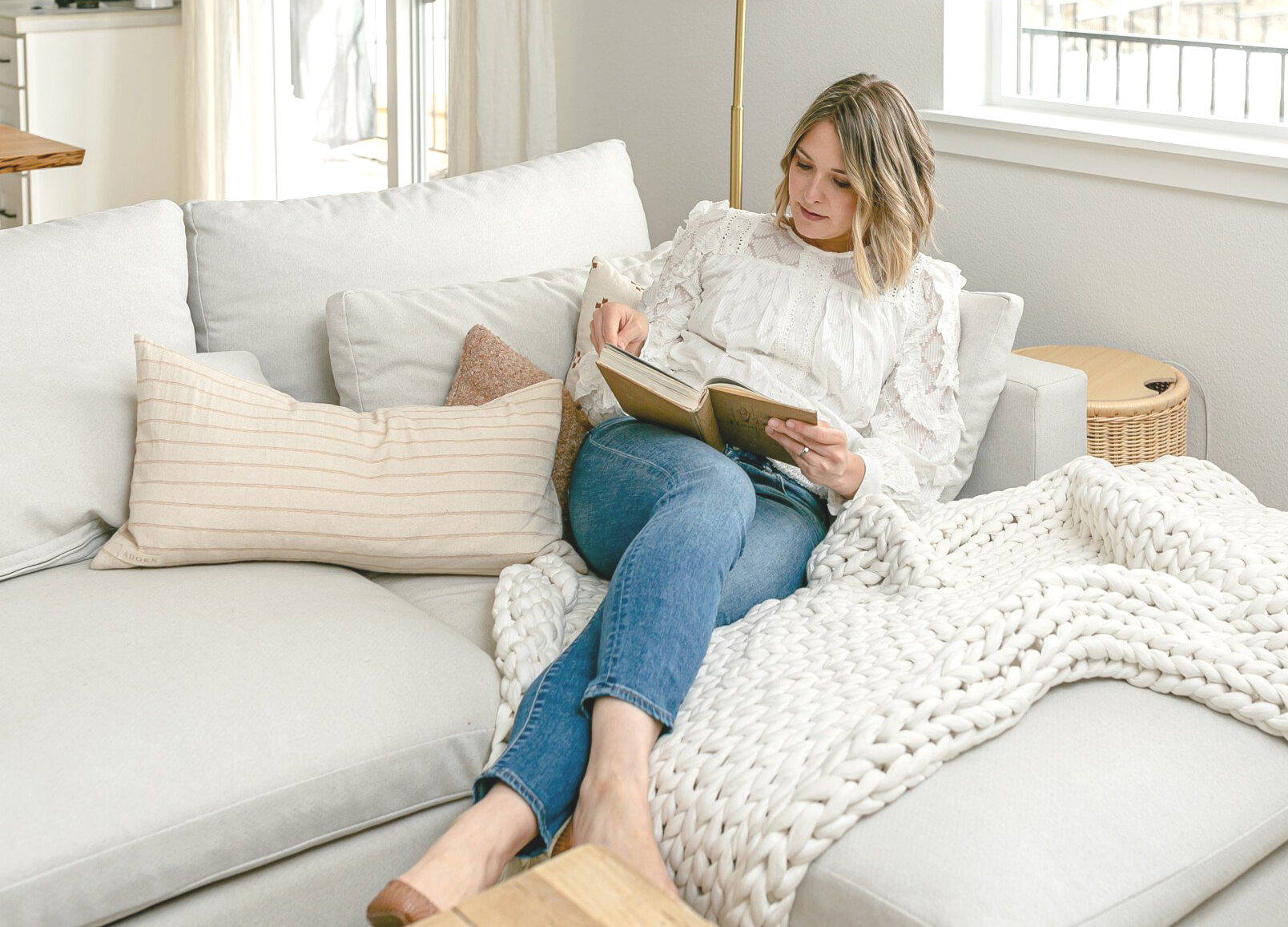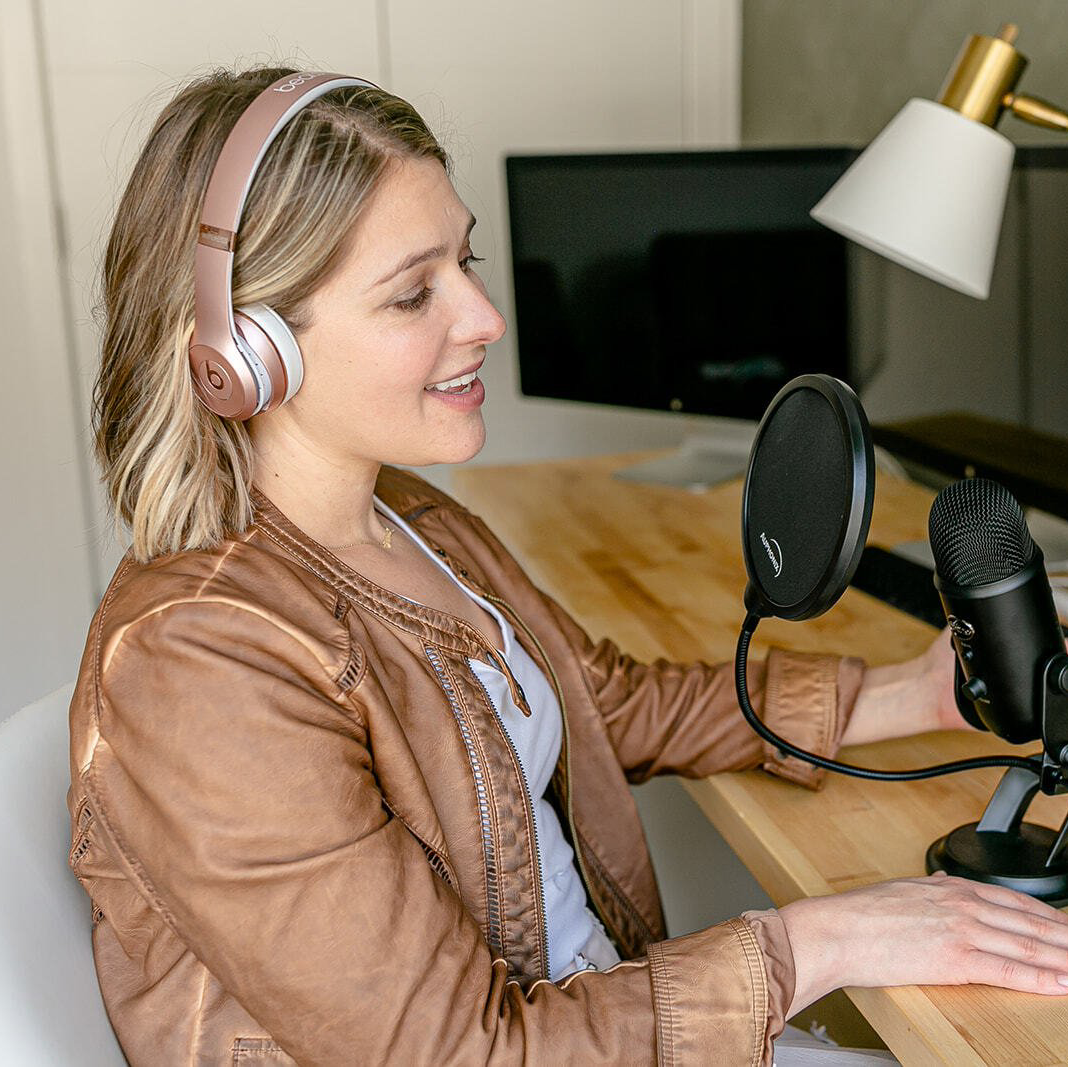In 1942, Thanksgiving became the official federal holiday we recognize today. As far as we know, no one kept a gratitude journal. No one had a gratitude practice. But our society was onto something: Being thankful, even if only for a day, was considered worthwhile enough to codify. And today, the science backs up that intuitive understanding.
Attitude of Gratitude
Studies have shown that practicing gratitude offers more benefits than your Thanksgiving dessert buffet offers calories. (Okay, maybe almost as many.) Focusing on what you have — as opposed to what you want or think you need — improves your optimism, your relationships, and even your health.
But what about our kids’ lives? As a pediatrician and a mother, my thoughts naturally gravitate toward how practicing gratitude can positively impact our parenting. Yes, it’s good to demonstrate feeling grateful. But could actively teaching kids how to practice gratitude be even better? It’s kind of like driving: you can chauffer your kids to wherever they need to go, but giving them the keys (when they’re licensed to drive!) might be more effective.
PUTTING IT INTO PRACTICE
So often gratitude is something personal and private. We journal or keep a mental list (when we think of it) of the things for which we’re grateful. And this is good on a personal level. It’s just that our kids don’t read our journals or (thank God) our thoughts. So if we’re going to teach them how to practice gratitude, we have to, well, teach them. And that requires a certain level of conscious parenting.
Take the pandemic, for example. Last year, I was routinely counseling parents to pare down their kids’ schedules, to choose two extracurricular activities instead of five. This year? Things are A LOT cozier at home. And that is something I’m actually grateful for. My family and I take more time on Saturday mornings to make pancakes and sausage because there’s NOTHING else to do. We go on long walks together because there just aren’t many other options. We read more. And, even though these opportunities for more relational experiences are born from mandates, they have become the silver linings to a tough time.
Now it’s one thing to feel that gratitude. It’s another to use it as a teaching moment. Harvard Health Publishing offers a handful of easy-to-implement ideas perfect for kicking off a family-wide gratitude practice. And I might add:
5 Ways to Encourage Family-wide Gratitude
Share but don’t compare. When I’m going on that long walk with my family, that’s a great time to point out how I’m feeling grateful. When my daughters enjoy a special treat, that’s also the time to explain how they might feel gratitude themselves. But there’s never any need to say something like, “You’re so lucky you have this, because other kids don’t.” The goal is to teach fulfillment, not privilege.
Stay focused on the little things. You don’t have to drive a Ferrari to feel grateful. For example, my top three moments of gratitude today are decidedly simple: I’m thankful for the “Disney Descendants 1, 2, and 3” soundtracks, because they keep my kids VERY entertained (and not fighting) in the car, and I can actually tolerate the music. I’m thankful that each of my daughters has a new best friend this fall as they’ve transitioned to different learning environments. And I’m thankful for the drive-thru coffee shop by my house where I can get socially distanced, piping hot Americanos every day. It’s the little things!
Make it a daily habit. You know your schedule best, so whether it’s during your morning shower, the pick-up line at school, or right before you go to bed, take five minutes EVERY DAY to identify three things you’re grateful for. Then, pick a time to invite your kids to identify the things they’re grateful for, whether it’s over dinner, before bed, or first thing in the morning. Better yet, do it together at the same time! You might have to coach your kids a little at first, but that can be a good thing: you can set the tone for what they should be grateful for (family, friends, play) rather than what you don’t want to focus on (material things).
Record it. In a journal or on your phone, keeping track of everything you're grateful for gives you a powerful resource you can return to when life gets hard. And record what your kids say! Creating a little book of their positive thoughts is the ultimate keepsake.
Include others. Nothing keeps people on task like accountability. So consider ways to involve other people. Maybe you text a good friend every day with your gratitude list and s/he does the same with you.
Will our kids be better off for learning gratitude early on?
My gut says yes.
After all, what parent doesn’t want her child to be grateful for what she has? Just think: fewer tantrums at Target! (For more on that unpleasant motherhood moment, check out last week’s podcast!) But also more content, resilient, and generous kids who know to look inward when seeking happiness and not at the latest iPhone.
SO, MAMA, I CHALLENGE YOU:
Don’t let your sense of gratitude fizzle out with the champagne at the end of this year’s Thanksgiving dinner. The fact is we all have a lot to be grateful for. We have our families. We have more time together. And we have hope for the future.










